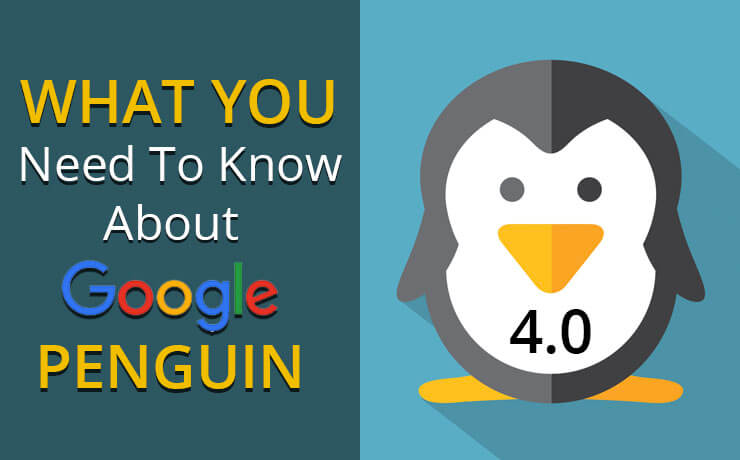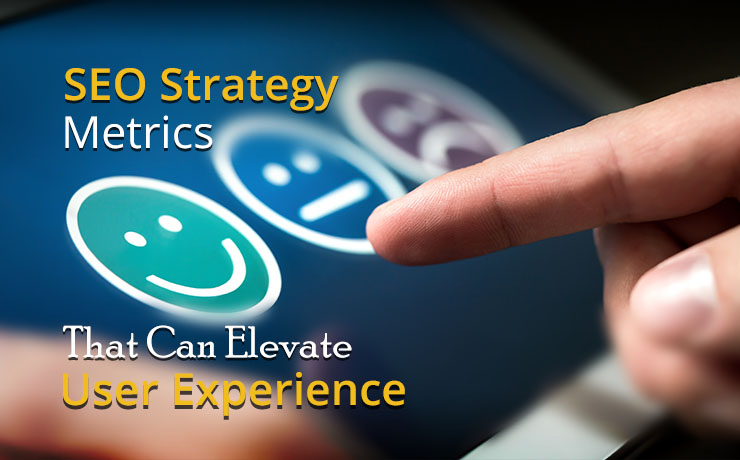
A website’s success hinges not only on its content but also on how users experience it. A seamless User Experience (UX) design is the secret weapon behind high-performing websites. When UX and SEO work hand in hand, they can significantly increase traffic, boost conversions, and reduce bounce rates. In this post, we’ll explore how optimizing your site’s UX elements like navigation, CTAs, and mobile design can amplify your SEO efforts and ultimately help your website achieve its goals.
What’s the One Thing Every Website Owner Wants?
From my experience, SEO clients want to gain quality traffic, conversions, and leads. If your website visitors do not find what they are searching for within the first 3 minutes of being on your site, your bounce rate will likely be higher than your conversion rate.
You have approximately 10 seconds to capture a visitor’s attention on a website. During those first few seconds, aim to get your message across and help your website visitors find what they are looking for.
A well-thought-out UX design is a great way to enhance conversion and bounce rate. A couple of things to consider are a streamlined navigation menu, optimized CTAs that address pain points, and a mobile-friendly website.
Smooth Navigation: The Key to a Positive User Experience
For a positive user experience, try streamlining your navigation menu. Your menu acts as a roadmap, guiding visitors through your website and helping them find the information they need quickly and easily. Users are more likely to stay engaged when they can find what they need quickly and easily.
Optimized CTAs: Address Pain Points for Better Conversions
Not only does your website need clear navigation, but optimized CTAs can make a world of difference. This is a great opportunity to build the visitor’s trust and guide them toward taking steps toward a conversion.
Addressing pain points in your CTA’s will help your website visitor decide to click. For example, if you want your visitor to contact you, instead of a generic “Contact Us,” you can optimize this CTA by saying “Get Expert Guidance.” This not only encourages conversion but also addresses a concern the visitor may have.
A helpful tool is ChatGPT, which can assist you in identifying potential pain points on your website. Simply prompt ChatGPT with a request to analyze your website’s pain points, and it will provide a list. From there, you can craft CTAs that address these pain points and test which ones your visitors are more likely to click.
Create Content Around Pain Points
Now that you also have a list of potential pain points for your website. This is a great opportunity to create some content based on those pain points. Let your audience know how the company can help resolve the visitors’ frustrations. Remember your goal is to put your value proposition within the first few minutes of the visitor coming to your website.
Mobile Optimization: Critical for SEO and User Experience
Optimizing your website’s mobile view is fundamental for both SEO and user experience. The first thing to look at is mobile speed. You should monitor both your desktop and mobile speeds. Not only is Google evaluating your mobile speed, but so are your visitors. A slow website can frustrate visitors, causing them to leave before taking any action.
Another thing to look at is the clickable elements. Keep in mind how users navigate mobile sites. Make sure all clickable elements such as buttons, links, and form fields are large enough to tap on easily. Preventing users from accidentally selecting the wrong elements avoids what’s known as “rage clicks.” Happier users = Happy Search Engines
Use Microsoft Clarity to Monitor User Behavior
A helpful tool for keeping an eye on how users behave is Microsoft Clarity. This tool can help you understand what’s going on with things like drop-offs, rage clicks, and engagement. Clarity has heat maps, session recordings, and other analytics that provide valuable insights. Learn how to change design flow, how effective your CTA’s are, and monitor user engagement with this valuable insight. Now you can make data-informed design decisions based on Microsoft Clarity data.
An easy-to-navigate, clear CTAs, mobile-friendly design, and tools like Microsoft Clarity, will ensure your audience will have a great experience and be more likely to convert. And that’s the recipe for long-term success!
By prioritizing User Experience (UX) alongside your SEO strategy, you’re ensuring that visitors have a satisfying, meaningful interaction with your website. Don’t treat UX as an afterthought—it’s your secret weapon to unlocking sustained SEO success and long-term business growth.
 Free
Consultation
Free
Consultation Free
Google Ads Audit
Free
Google Ads Audit








